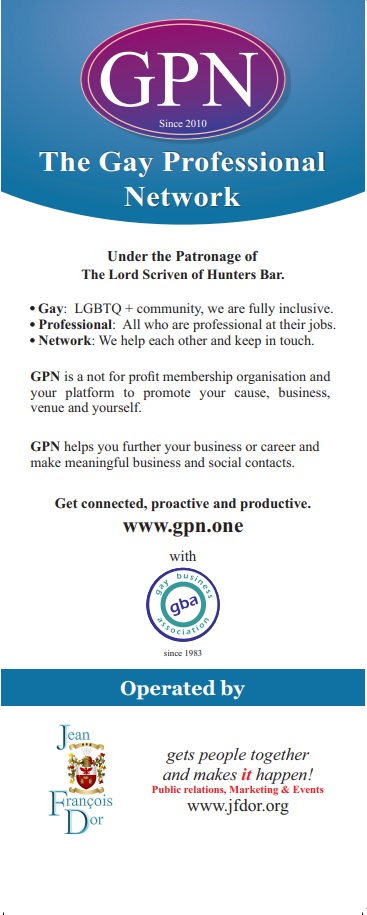PRESS RELEASE: DIVERSITY ROLE MODELS IMPACT REPORT. 12 July 2022 Being gay or thought to be gay is most likely cause of bullying for secondary school students Bullying of girls for gender-specific reasons is the third most common form of bullying and the most underestimated by those not experiencing it Key findings: - Secondary school pupils are most likely to be bullied when they are gay or thought to be gay (42%) - Primary school pupils are most likely to be bullied for their differences (10%) or for looking different (10%) - Bullying is underestimated by teachers and pupils outside target groups - Teachers say embedding diversity throughout the curriculum would reduce bullying Secondary school pupils are more likely to be bullied because they are gay or thought to be gay than for any other reason, according to new research on experiences of bullying. In primary schools, bullying is most likely to be for looking different or having differences. The survey of pupils and teachers at 50 schools revealed an underestimate of the levels of bullying by both teachers and pupils outside the targeted groups. The survey suggests a correlation between areas of diversity that are less regularly discussed in school – LGBTQ+ and disability – and higher levels of bullying. Both headteachers and teachers consider that addressing diverse identities throughout the curriculum would reduce bullying. Anti-bullying charity, Diversity Role Models, which is one of the organisations delivering the Government's 'Embracing Difference, Ending Bullying' programme, found that girls were four times more likely than boys to recognise bullying of girls and LGBTQ+ pupils were almost twice as likely to recognise bullying of LGBTQ+ pupils than heterosexual pupils. The report asked about the reasons why pupils are bullied. In secondary schools, pupils are thought most likely to be bullied when they are gay or thought to be gay (42% agreed), when they look different (40%), for reasons that are specific to girls (39%), and for not behaving like a "typical boy" a "typical girl" (37%). In primary schools, bullying is most likely to be for looking different or having differences. In secondary schools in particular, the survey found bullying likely to be under-reported by pupils, who lacked confidence in their school's responses to bullying. Only 65% said they would report bullying or prejudice to a teacher if they witnessed it. CEO of DRM, Matt Garvey, comments, “It’s a shock that some of these bullying statistics are so high. Embedding diversity in curriculum subjects could strengthen inclusive education and reduce bullying for groups such as LGBT+ pupils.” "There’s no question that schools want to tackle bullying. However, teachers tell us that they lack the confidence to talk about diversity, often for fear of saying the wrong thing. They lack the time to build diversity into their lessons, especially under pressure of post-pandemic catch up, and worry about a lack of support from the wider school community, and parents. However, during this project we have seen examples of excellent practice in the schools we work with. Our Best Practice report takes some of these examples to support other schools in reducing bullying.” The survey had responses from 5,558 pupils, 908 teachers and 67 members of the senior leadership team across around 50 schools. Parents, carers and governors were also surveyed where schools chose to include them. Language was simplified and terms like LGBT+ and transgender proxied with ‘gay’ so that the same questions could be asked of both primary and secondary pupils. ENDS For media enquiries, please contact: media@diversityrolemodels.org | 









